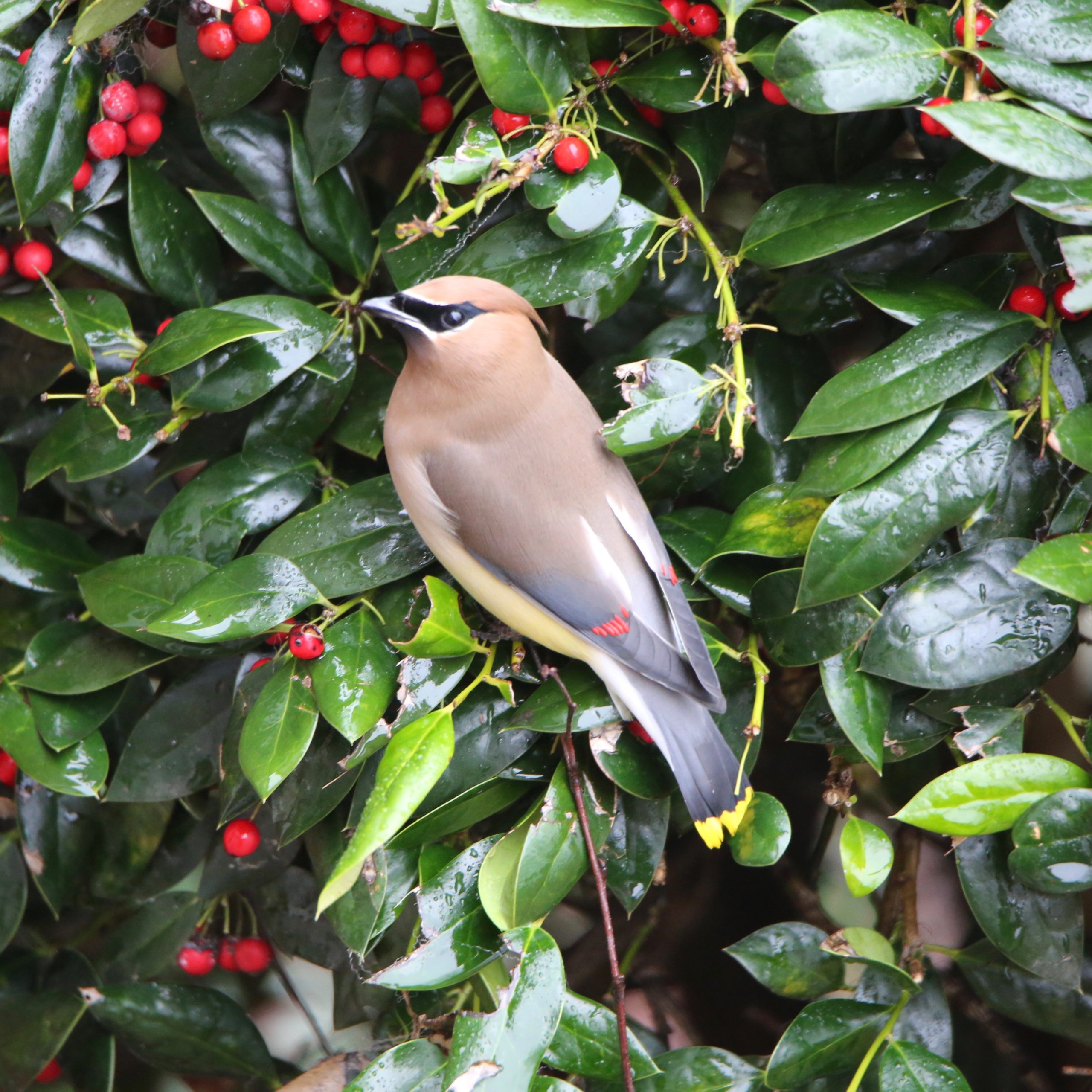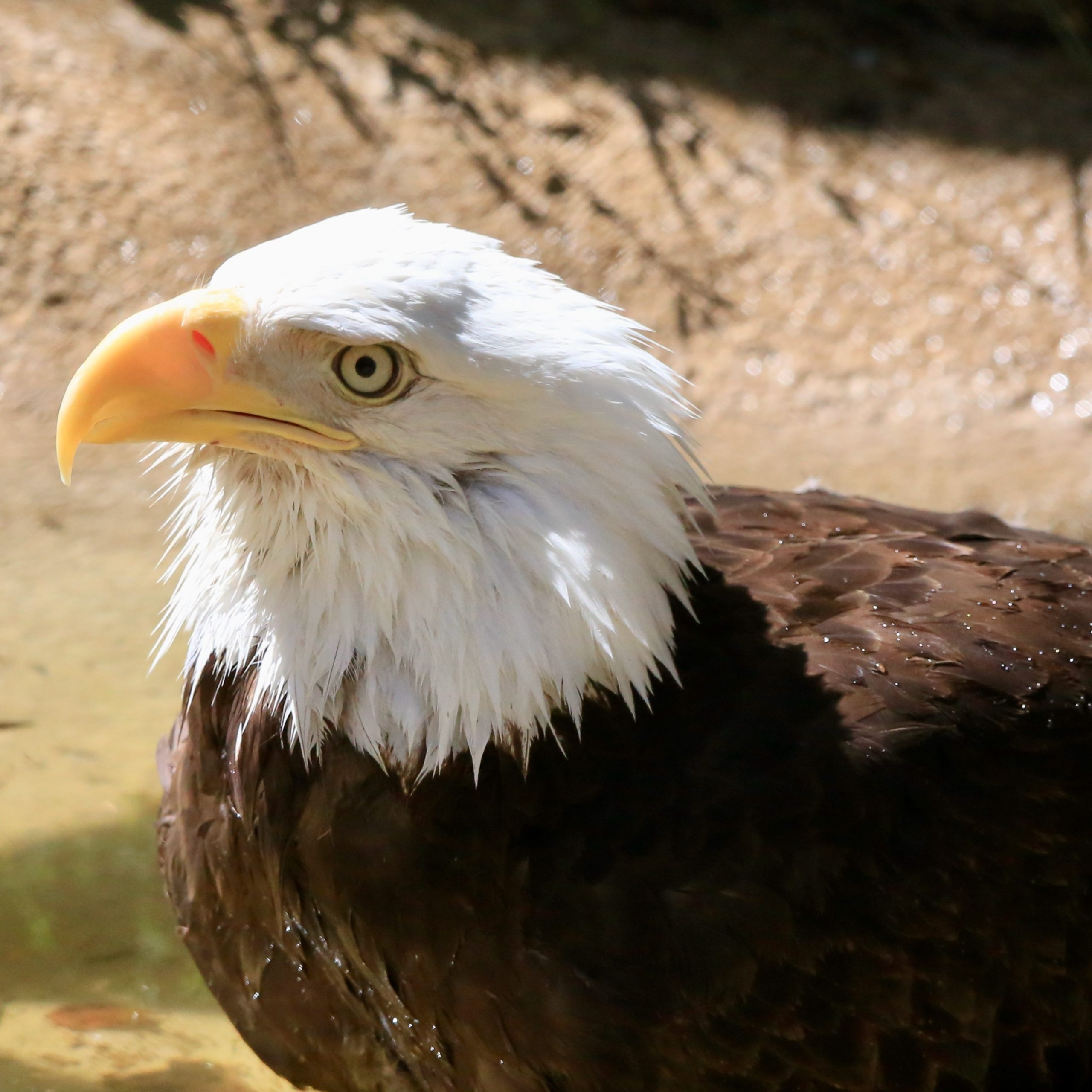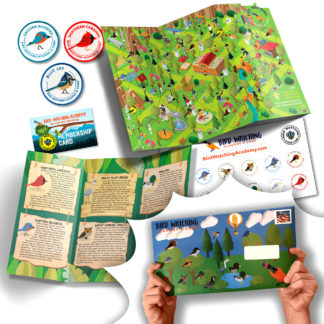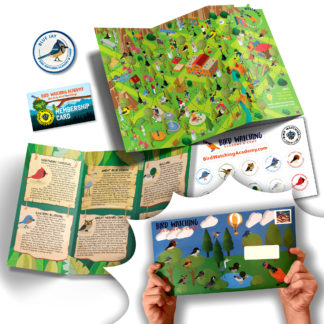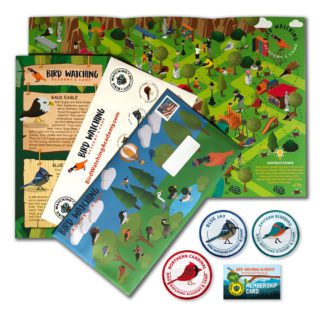As one of the most beautiful and intelligent birds of North America, Blue Jay is a household name. These birds live in southern Canada, the southeastern and central United States, with their range extending from Alberta, Canada to Florida, U.S. Their migration patterns have also shown that their western populations are more likely to migrate south during the winters, while their eastern populations are mostly annual residents.
These birds have captured the attention of Americans for centuries now. The very namesake of “Jay” is derived from the notion of their family being among the noisier and chattery birds. Early folklore traditions often integrated them as characters in their mythologies. Even today, Blue Jays are the symbol for the Toronto Blue Jays Major League Baseball team. Below, we have listed some of the most interesting things about Blue Jays!
Continue reading 10 Amazing Facts About Blue Jays










